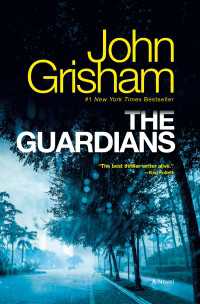Description
D. H. Lawrence is renowned for his scathing criticism of the ruling class, industrialisation of the country and wartime patriotism. However, his texts bear the imprint of contemporary dominant ideologies and discourses of the period. Comparing Lawrence’s texts to various major and minor contemporary novels, journal articles, political pamphlets and history books, this book aims to demonstrate that Lawrence’s texts are ambivalent: his texts harbour the dynamism of conflicting power struggles between the subversive and the reactionary. For example, in some apparently apolitical texts such as The White Peacock and Movements in European History, reactionary ideologies and wartime propaganda are embedded. Some texts like Lady Chatterley’s Lover are intended to be a radical critique of the period wherein it was composed, but they also bear discernible traces of the contemporary frame of reference that they intend to subvert. Focusing on Lawrence’s stories and novels set in the mining countryside and the works composed under the impact of the First World War, this book establishes that Lawrence’s texts in fact consist of multiple layers that are often in conflict with each other, serving as a testimony to the age of modernity.
Table of Contents
Introduction
Annihilating Borders: Nature, Human Beings, Machinery in “Odour of Chrysanthemums”
Chapter 1. Degeneration, Aestheticism and Empire: Middle-Class Ideology and
The White Peacock
Chapter 2. Bestwood and the Morels under Evolution: Parallelism through Procreation and Evolution in Sons and Lovers
Chapter 3. The Brangwens and Construction of the Towns in The Rainbow
Chapter 4. Lawrence and War: Historical Contexts
I. Lawrence and the First World War
II. Lawrence and Anti-German Propaganda
III. History Books in Context
Chapter 5. Wartime Discourses on War and Peace in Movements in European History
I. The Germanic Race
II. The Huns
III. The Unification of Germany
Chapter 6. To Produce, or Not to Produce, That is the Question: Materialism, Democracy and War in Women in Love
Chapter 7. Wartime Short Stories from “The Thimble” to “The Blind Man” and “Tickets Please”
I. Popular Wartime Romance and Lawrence’s Anti-Romance: Berta Ruck’s “The Infant-in Arms” and Lawrence’s “The Thimble”
II. The Path to Resurrection or Becoming a War Machine in “New Heaven and Earth”, “Eloi, Eloi, Lama Sabachthani” and “England, My England”
III. Short Fiction in 1918: “The Fox”, “The Blind Man” and “Tickets Please”
Chapter 8. Class Conflicts in Ambivalence from “Daughters of the Vicar” and “Hadrian” to Lady Chatterley’s Lover
I. Middle-Class Anxiety and its Solution in “Daughters of the Vicar”
II. Returned Soldier and Working-Class Threat in “Hadrian”
III. Lady Chatterley’s Lover: Temptation to the Bourgeois Myth
Epilogue. Which Class Do Lawrence’s Texts Belong To?





